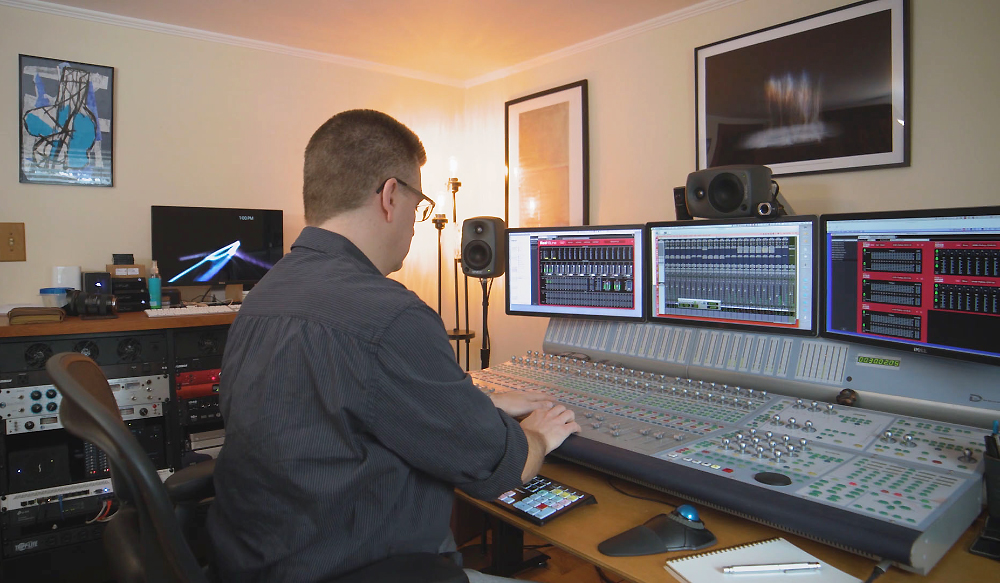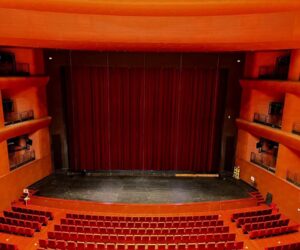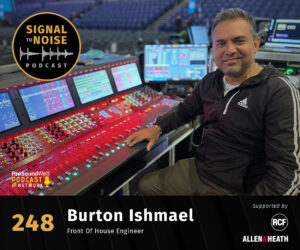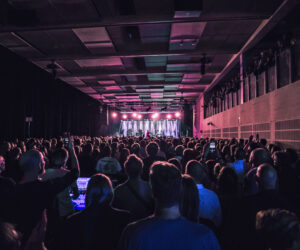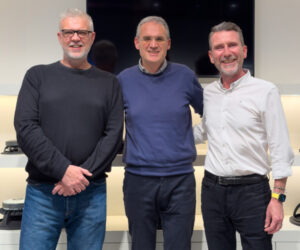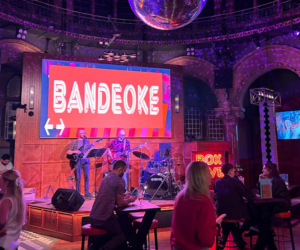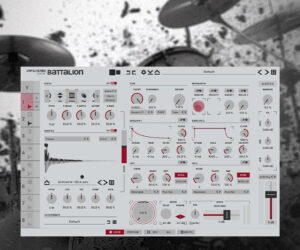Remote Production Group, a collaborative of comprised of several veteran production professionals offering methods for how audio for events and performances can be mixed across long distances, is utilizing several Focusrite Pro products – including the Red 4Pre, Red 8Pre, and Red 16Line Thunderbolt and Pro Tools | HD compatible audio interfaces – at the hub of its approach.
The group includes Brett Blanden (front of house and broadcast mixer for Lady A and Billy Currington, among others), Jody Elff (GRAMMY Award-winning audio engineer, sound designer and artist), Anthony Falcone (engineer for artists including Jennifer Lopez, Marc Anthony, Prince, and Snoop Dogg), Gregory Green (technology architect with over 25 years’ experience in technology-systems design, engineering, and implementation), John Harris (12-time Primetime Emmy and three-time GRAMMY winner), and Scott Pederson (GRAMMY-nominated mixer and John Lennon Songwriting Award winner).
“The seeds of this idea began about 25 years ago between John Harris and myself, because of something that came up with regard to another gig that John was recording and mixing at the time,” Elff explains. “And so it’d been floating around in our minds for a long time. About 10 years ago, I was on a tour that really needed a remote music truck for broadcast, but the project wasn’t willing to pay for it. That’s what really kicked my brain into high gear about how there’s got to be a better solution for a tour or project that really needs these resources and the services on a smaller budget.”

Elff had some preliminary success trying to do control over a VPN about eight years ago, but the hardware and network reliability wasn’t quite capable at the time. He also notes that he didn’t know enough about network architecture to really make it work. “So now jump ahead to the end of 2019 and John reaches out to me and says, ‘that thing that we keep talking about – let’s really dig in and try to make it work.’ That’s when we started working on it in earnest,” he says. “We started along the same path that a lot of people have been exploring, which is that you’ve got a show in New York that’s got 64 channels, and you’ve got an engineer in L.A. that’s got a studio, and how are we going to move 64 channels of audio across the country, over the internet?”
Around this time a colleague drew his attention to Unity Connect as a useful platform for moving audio, and that’s when the group got to know the organization’s team, specifically Chuck Downs, who has been an asset and supporter of the overall vision. Elff: “When we started putting the demands on Unity Connect that were very specifically related to working with music, Chuck said, ‘Hang on, I see what you guys are up to. That’s really cool. Let me tweak my product so it works better for this application,’ and he actually went in and made some fantastic improvements for us. Now we can deliver phase-locked audio across the network, and it does it very well. Unity Connect has become a really viable way to transport our monitor bus, whether it’s two channels of stereo or 5.1 or 7.1.4 or back-feeding comms systems or talkbacks through Unity to the onsite people or whatever it is. It’s a great utility.”
Elff remembers the first time they pushed audio over the internet: “The first time you route live audio remotely, it’s pretty exciting because historically we really don’t do that. And so when we started seeing it work, it opened up all sorts of possibilities. The system works brilliantly now, and we believe that this method and workflow will continue to evolve and improve as it moves through the industry. At the end of the day, this needs to be to be a professionally viable product. We can’t tell our colleagues at the top of the industry about what we’re doing if we aren’t willing to put our names and reputations on the line to support it.”

Remote Production Group’s current workflow involves sending a pre-built technology I/O rack, loaded with key Focusrite Pro products, as well as other systems, and shepherded by a technician, to the event or performance location. That rack is then connected, via a high-bandwidth Internet connection, with one of Remote Production Group’s mixer members (usually Jody or John) working from their own home studio. The remote mixer monitors only the stereo output – the multitracks are recorded at the site of the performance – so only control data moves over the Internet connection, via Remote Production Group’s proprietary codec and managed switches on a VPN, enabling a real-time remote mix.
“We’re not sending 64 channels of audio because that all stays local – all we’re sending to ourselves is the monitor bus,” Elff details. “So what we’re listening to in our studio is just two channels of audio, and that’s relatively easy to move over the Internet. We’ve created a system that helps producers imagine a new kind of workflow, with fewer people on site than what would have [been] required 10 years ago. You basically have full OB van functionality, but with engineers that are in distinctly different geographic locations, working in ideal listening environments equipped for immersive audio, either across the country or across the globe.”
Referencing a recent performance that took place at the Massachusetts Museum of Contemporary Art (Mass MoCA), over 100 miles from his studio in New Paltz, NY, Elff notes, “When that rack shows up on site, my technician [there] will connect it up to an Internet connection, and I’ll be able to grab control over that rack from my studio here in New Paltz. We roll these racks in, and with power and decent Internet, we connect my studio, make sure everything talks to each other, and we’re off to the races.”
Other recent Remote Production Group projects include the remote recording of the music for Diana: The Musical, performed with the original Broadway cast in the unoccupied Longacre Theater for showing on Netflix; Audible Originals for Smokey Robinson and Alanis Morissette; the livestream of the iHeartCountry festival, featuring Dierks Bentley, Lady A, Sam Hunt, Kane Brown and Kelsea Ballerini; the Level Up festival headlined by Blake Shelton, Roger Daltry and Dave Matthews; and an ongoing series of recordings by Elff of cellist Yo-Yo Ma. All of these projects featured Focusrite Pro products as part of Remote Production Group’s workflow.
“Bulletproof,” says Pederson of the Focusrite Pro systems they’ve used, individually and collectively. “Bulletproof head amps, well-thought-out drivers and excellent support. I’ve loved the Red Series ever since the mid ‘90s when I introduced it to artists and producers, and as a studio owner myself. The Red 4Pre, Red 8Pre and Red 16Line are Swiss army knives that let us get into and out of any kind of sticky situation with grace. They’re very central to our infrastructure, especially for work that requires a very high degree of [sonic] transparency.”


